
The Monterey Bay Aquarium in California, whose global seafood programme, Seafood Watch, advises the fishing industry and governments on how to operate sustainably
Julie Packard, scion of the US tech family, has changed the way we eat with her Seafood Watch initiative. She says collaboration between philanthropists, governments and corporates is the only way forward
LUX: What happens in the deep sea has a direct effect on our lives and the health of the planet. How do these links work and what has been discovered in recent years?
Julie Packard: We call our planet Earth, but 71 per cent of the surface and 99 per cent of the living space is ocean. The aquarium tells the story of ‘the other 99 per cent’. The ocean enables life to exist on this planet. Its microscopic plant life absorbs carbon and produces oxygen. Its vast waters have absorbed 90 per cent of the heat caused by rising greenhouse gasses in our atmosphere. Deep-sea currents are part of a vast unseen global conveyor belt that cycles nutrients, oxygen and heat through the ocean, supporting an abundance of marine life, which travels up and down the water column, storing carbon in deep waters, where it’s locked away.
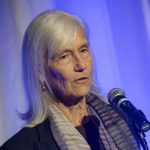
Julie Packard
Follow LUX on Instagram: luxthemagazine
LUX: You are a proponent of nature-based solutions as an economically and environmentally sustainable way forward for the planet. What does that mean in reality for oceans and coastlines?
JP: Earth is an interconnected living system whose services make our lives possible. It’s time to reinvest in nature, instead of treating it as a bottomless bank account. That means restoring wetlands and other coastal ecosystems, which are nurseries for fisheries and buffer us against sea-level rise, as well as protecting us from escalating storms. Restoring healthy seagrass meadows is one example. We’re finding that our decades of work to recover California sea otters is helping to restore healthy wetland seagrass beds. These otters are more than a cute face. We call them ‘furry climate warriors’.
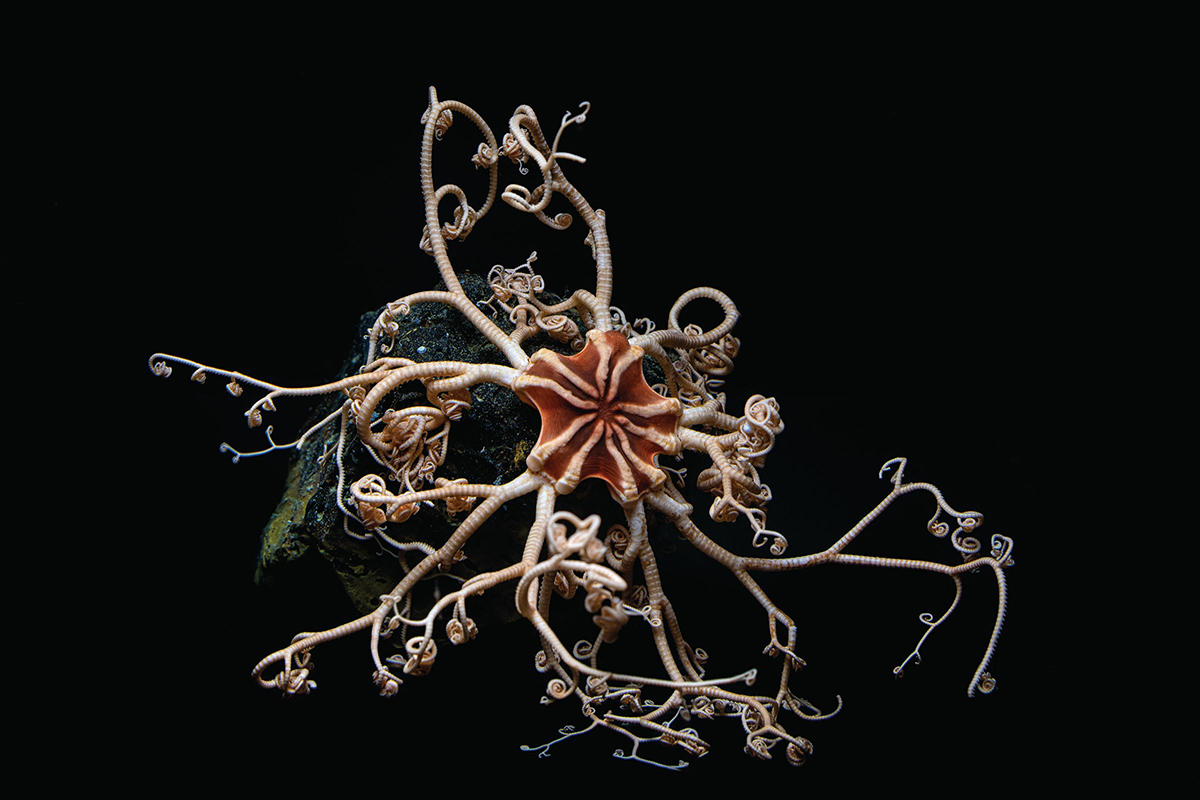
A close up of a Basket star in the Into the Deep: Exploring Our Undiscovered Ocean exhibit
LUX: Are you in despair about what has happened to our oceans, or optimistic about the scientific advances pointing to solutions – and if the latter, which ones?
JP: Without question, we face daunting challenges. If we fail to act, the world will be a grim place for our children and grandchildren. I’m confident that solutions are within our grasp. Renewable energy development is moving faster than ever, and the cost of these technologies is falling. We can put people to work rebuilding healthy ecosystems so nature can do what it does best. We know what we need to do. What we need is the will to take action.
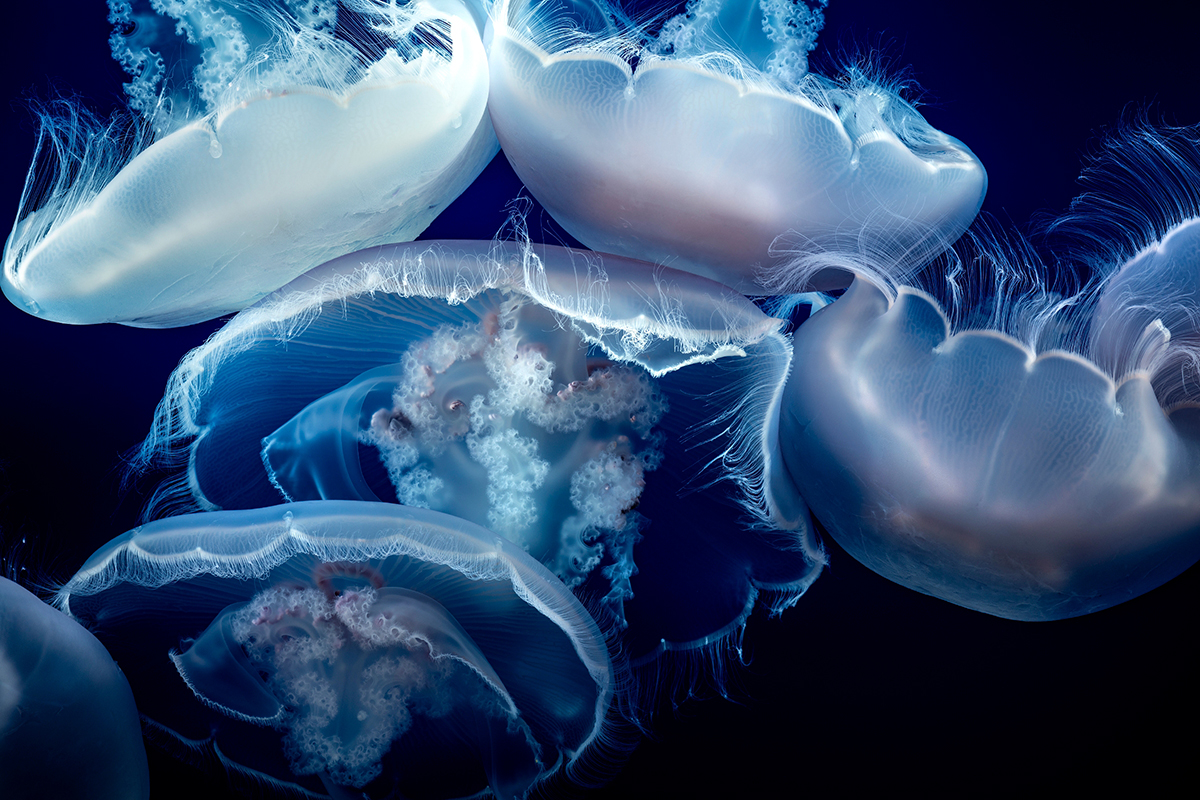
A close up of a moon jelly (Aurelia labiata) in the Open Sea exhibit
LUX: You have focused on sustainable seafood: do you feel there is genuine progress being made here, not just in wealthy nations, but in countries where hundreds of millions fish for subsistence?
JP: Unsustainable fishing is a problem we know how to solve, and we’re seeing huge progress. The market-based approach, taken by the aquarium’s global seafood programme, Seafood Watch, with its sustainability rating system, is succeeding, because our goal is a future where both fisheries and the people who depend on them thrive. It creates incentives for producing nations to put their fisheries and aquaculture operations on a sustainable footing, enabling them to gain access to the global market. The key is genuine engagement with small-scale producers – we’re collaborating with operations in India, Indonesia, and Vietnam – to solve their real-world problems and deliver benefits that make a difference in their lives.
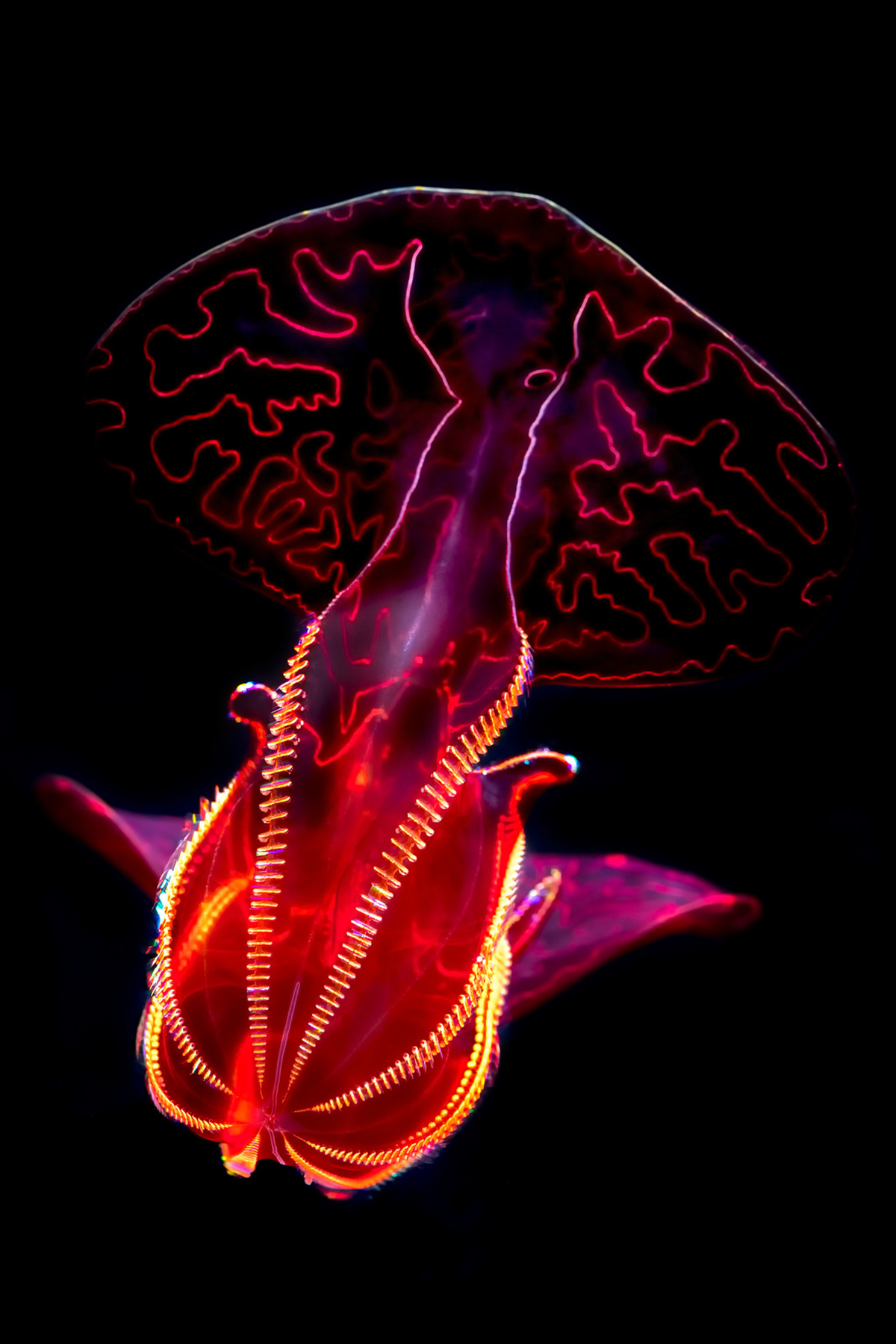
A close up of a Bloody-belly comb jelly in the Into the Deep: Exploring Our Undiscovered Ocean exhibit
LUX: Who is making the biggest difference – philanthropists, corporations or governments?
JP: Everyone has a role to play. Philanthropy jump-started the global sustainable seafood movement. Today, its investments support early stage development of technologies to reduce greenhouse gasses in the shipping and energy industries, and in community-led work to strengthen the resilience of ocean ecosystems.
Read more: The Futures: A Token Of Goodwill
Corporations know their success depends on embracing an approach that values people, planet and profit. Governments set the ‘rules of the game’ that create incentives to protect the living ocean and make it expensive to damage ecosystems on which our survival depends.
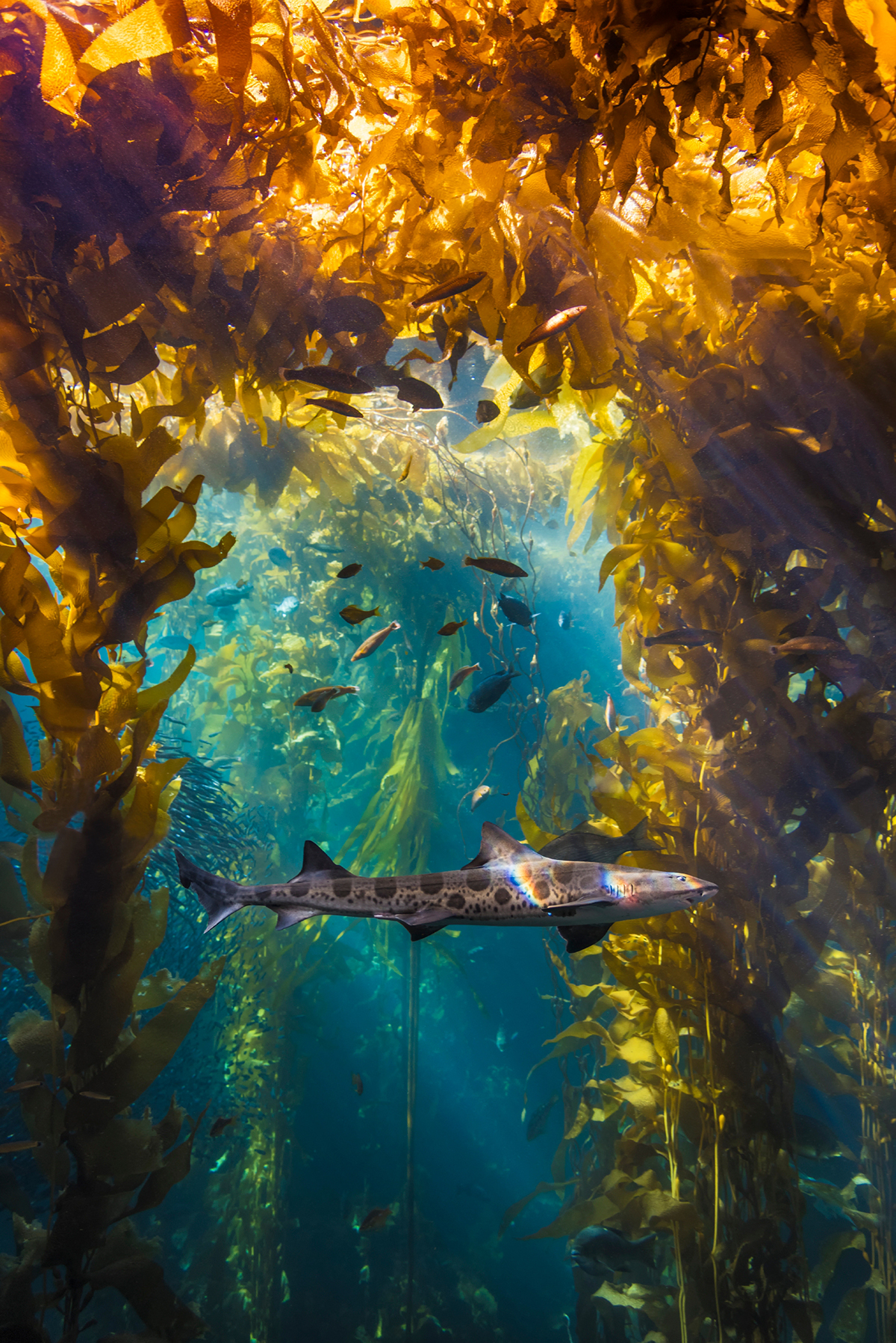
A leopard shark (Triakis semifasciata) swimming in the Kelp Forest exhibit
LUX: Is there more of a connection to be made between art and science, concerning ocean conservation?
JP: Having observed people in the aquarium, we’ve seen that building an emotional connection to ocean life is the starting point. When people encounter our living exhibits, they react with awe. Then we can begin to talk about the threats the ocean faces, and how they can make a difference. It’s the power of art – whether an aquarium, a film, or a piece of music – that engages people. And we’ve always found ways to make science accessible. Our new deep-sea exhibition incorporates gorgeous video imagery of deep-sea animals, ground-breaking living exhibits, and stories of the scientists studying the deep ocean. It’s a compelling combination.
Julie Packard is the executive director of the Monterey Bay Aquarium in California
This article appears in the Summer 2022 issue of LUX








